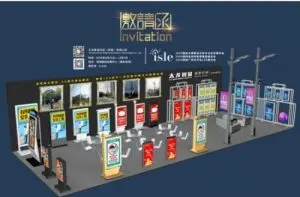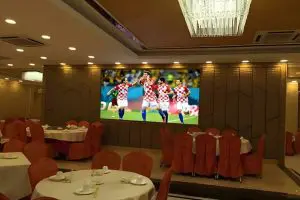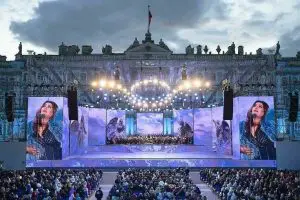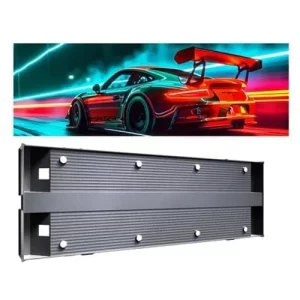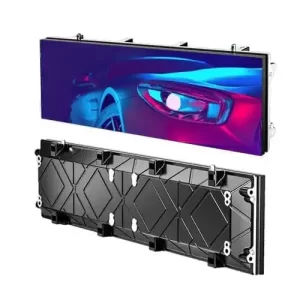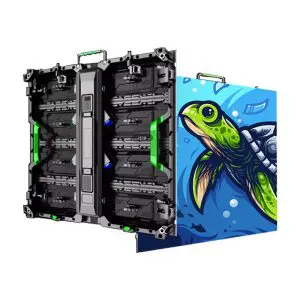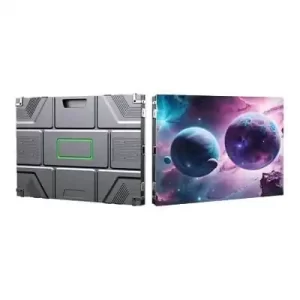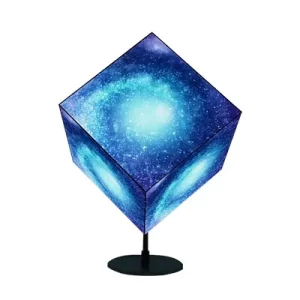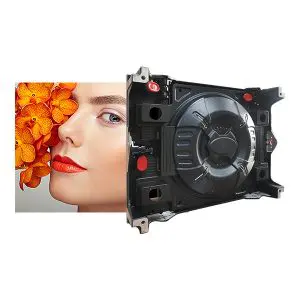In the fast-paced world of digital signage, P3 indoor LED displays have emerged as a top choice for businesses seeking vibrant visuals and high audience engagement. Known for their durability, clarity, and adaptability, these displays are ideal for advertising, presentations, and immersive environments. However, understanding the pricing structure can be complex. This guide breaks down the key factors that affect the cost of a P3 LED screen, helping you make an informed and cost-effective decision.
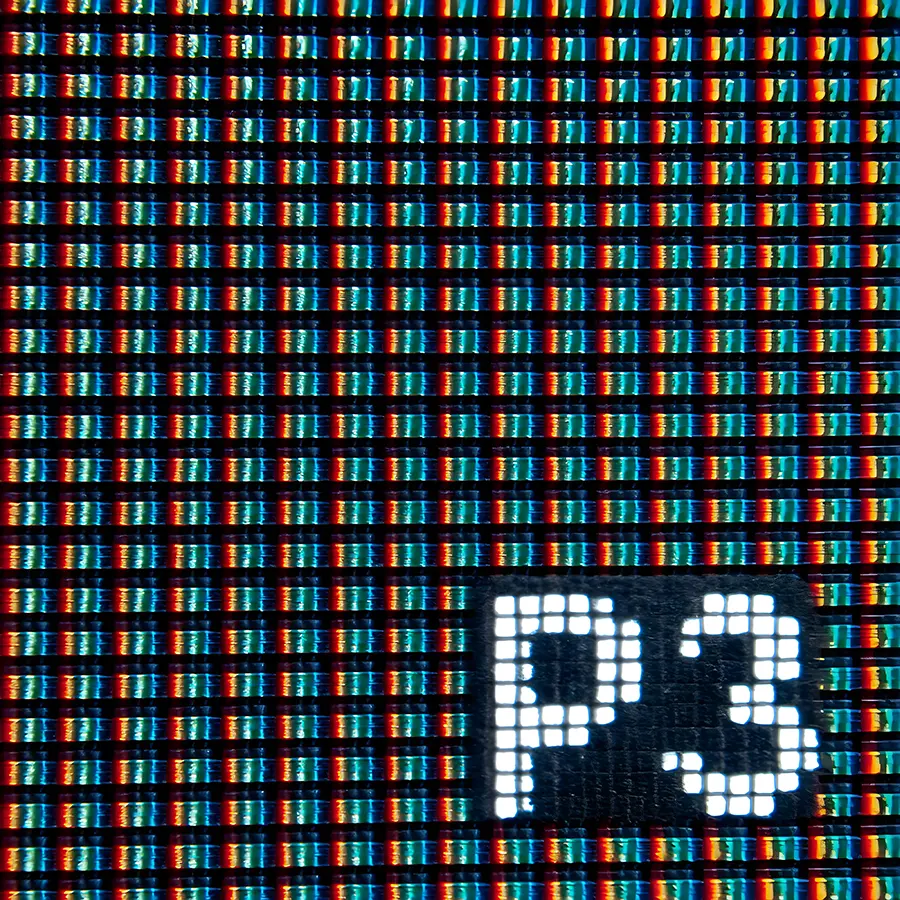
What is a P3 Indoor LED Display?
A P3 indoor LED display uses light-emitting diodes (LEDs) to present images with high brightness and vibrant colors. The “P3” refers to a 3mm pixel pitch, indicating the distance between adjacent LED clusters. This tight pitch delivers high-resolution visuals, making it ideal for close-viewing environments like retail stores, conference rooms, and exhibition halls.
Benefits of LED technology:
- Energy-efficient and cost-saving over time
- Long lifespan with low maintenance
- High brightness and vivid color rendering
- Clear visuals even in well-lit indoor spaces
Why Pixel Pitch Matters
The pixel pitch defines how sharp and detailed an image appears. A smaller pixel pitch, like P3 (3mm), means more pixels per square meter—translating to sharper, more refined images.
- Closer viewing = smaller pixel pitch
- Farther viewing = can consider larger pitch (e.g., P4)
For indoor applications where viewers are within a few meters of the screen, P3 strikes a perfect balance between clarity and affordability.
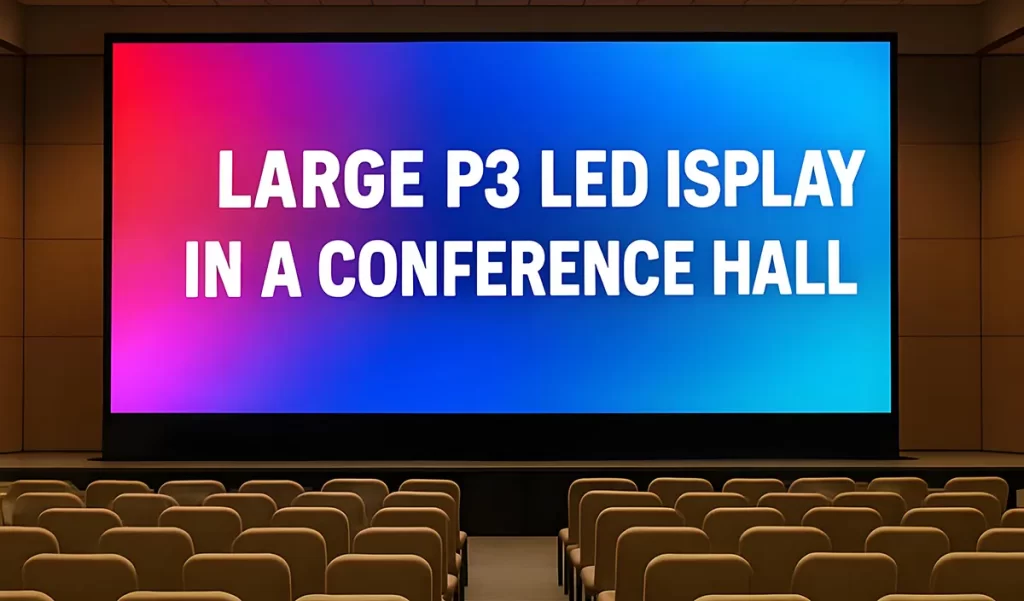
Common Use Cases for P3 LED Displays
P3 LED screens are incredibly versatile and widely used in:
- Retail stores – for digital signage and promotional displays
- Corporate lobbies – for brand storytelling and digital reception boards
- Event venues – for immersive stage backdrops or audience engagement
- Conference rooms – to elevate presentations with HD visuals
Their sleek design and high brightness make them suitable for nearly any indoor environment.
Key Factors That Affect P3 LED Screen Display Pricing
1. Display Size
- Larger screens require more LED modules and support structures, increasing material and installation costs.
- Bigger screens also maximize visibility and impact, especially in large venues.
- Custom shapes and sizes often come with higher engineering and design fees.
2. Resolution and Pixel Density
- A P3 display has higher resolution than P4 or P5 screens.
- The higher the resolution, the more LEDs per square meter, which directly increases the cost.
- However, better resolution offers superior image clarity, especially for content-rich presentations.
3. Brand Quality
- Premium brands use high-quality components like stable power supplies and durable LED chips.
- Well-known manufacturers often provide longer warranties and better after-sales support.
- Investing in a trusted brand reduces the risk of future repairs and downtime.
4. Installation Complexity
- Complex setups involving custom mounts, ceiling suspensions, or integration with control systems add to the cost.
- Professional installation ensures optimal performance and safety.
- Ongoing maintenance costs (cleaning, recalibration, repairs) also impact long-term budgeting.
5. Advanced Features
- Control systems: Some displays offer remote content scheduling, brightness adjustment, and real-time diagnostics.
- Durability: Units may be semi-weatherproof or enhanced for humidity, affecting price.
- Interactivity: Touchscreen and motion-sensing displays offer more engagement, but at a premium.
Typical Price Range of P3 Indoor LED Screens
Generally, P3 indoor LED displays cost between $800 and $2,000 per square meter, depending on resolution, brand, and features.
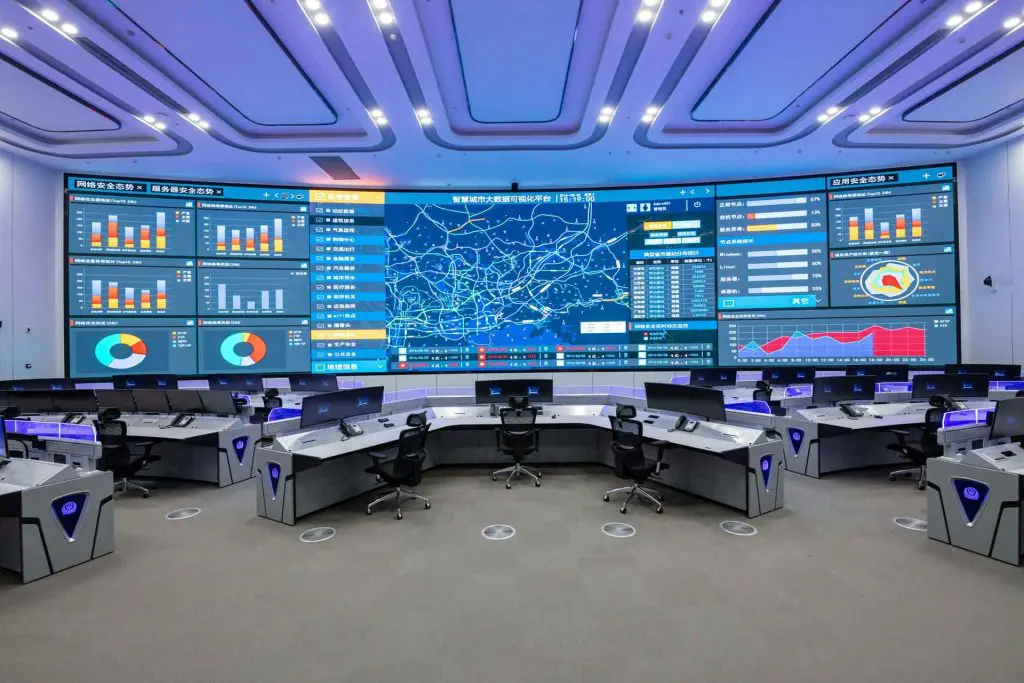
Example Scenarios:
- Retail shop (5m²): $4,000 – $10,000
- Conference hall (20m²): $16,000 – $40,000
- Custom flagship display: Can exceed $50,000 due to design and interactivity
Smart Strategies to Manage LED Display Costs
✅ 1. Define Your Needs Clearly
- What is the primary purpose of the screen (advertising, information, décor)?
- Assess audience size and viewing distance to determine ideal screen size and resolution.
✅ 2. Focus on Value, Not Just Price
- Prioritize essential features that support your business goals.
- Avoid overpaying for features that offer minimal ROI in your use case.
✅ 3. Compare Multiple LED Screen Suppliers
- Request detailed quotations, including installation, warranty, and after-sales services.
- Read reviews, case studies, or request references to evaluate supplier credibility.
✅ 4. Consider Long-Term ROI
- A higher upfront cost can result in better performance, lower maintenance, and a longer lifespan.
- Evaluate total cost of ownership (TCO), not just the sticker price.
✅ 5. Explore Financing Options
- Many suppliers offer leasing, installment plans, or rental models.
- Financing spreads out costs and may offer tax deductions or benefits.
Conclusion: Is a P3 LED Screen Worth It?
Absolutely—if it aligns with your goals and is properly planned. A P3 indoor LED display offers high visual quality, long-term performance, and excellent audience impact. While the initial investment may seem high, it pays off through better engagement, brand presence, and customer experiences.
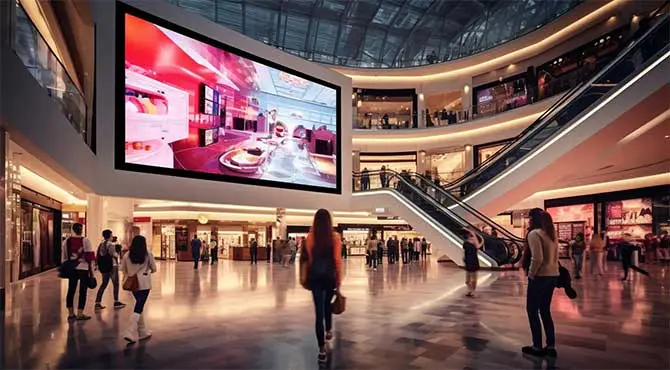
To maximize ROI:
- Work with reputable suppliers
- Tailor the display to your environment
- Invest in quality over just cost
In summary, while the cost of P3 indoor LED displays can be significant, the investment is often worthwhile for businesses seeking to create dynamic and captivating environments. With careful planning and consideration, you can achieve a balance between quality and cost that meets your objectives and enhances your space. Investing in a P3 indoor LED display is not just about spending money; it’s about creating value for your business through engaging and impactful visual communication.









